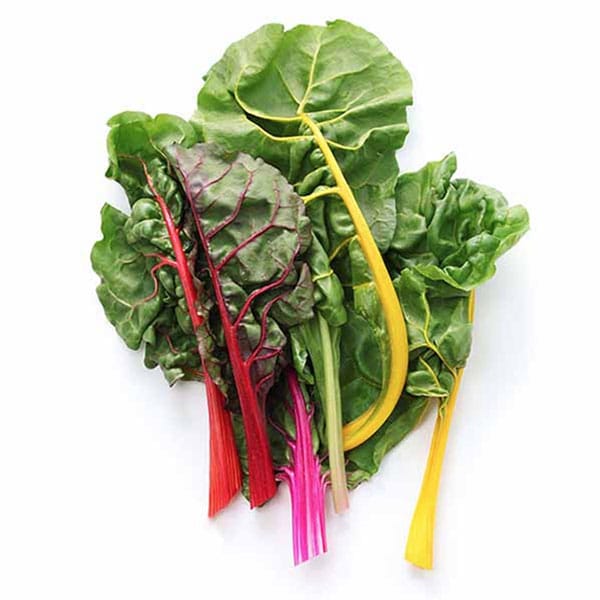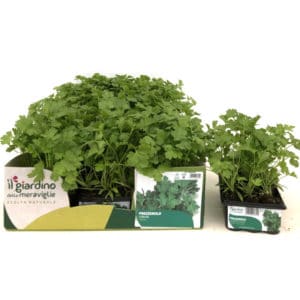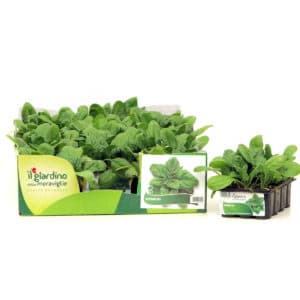Description
Unlike radicchio, Swiss Chard is very tolerant of both heat and cold, making it an excellent vegetable for continuous harvesting in a Mediterranean climate like Malta.
When to Plant: Swiss Chard can be transplanted almost any time of the year in mild regions.
Year-Round: In Malta, you can transplant seedlings from late January/February all the way through November for an extended harvest.
Cooler Months (Autumn/Winter): Plants grow slower but produce more tender leaves.
Warmer Months (Spring/Summer): Plants grow faster but may benefit from a little afternoon shade to prevent stress.
Location: Prefers full sun, but will tolerate partial shade, especially during the intense heat of the Maltese summer.
Soil: Needs deep, fertile, and well-drained soil rich in organic matter (compost/manure). Swiss chard does not like wet feet (poor drainage can cause root rot).
Spacing: This depends on your harvesting method:
For large leaves (like traditional chard): Space plants 20–25 cm (8–10 inches) apart in the row, with rows 35–40 cm (14–16 inches) apart.
For baby salad leaves (Da Insalata): Plant much closer, around 5–10 cm (2–4 inches) apart.
Watering: Water regularly and consistently. Chard needs a good amount of water to keep the leaves and stalks plump and tender.
Fertilizing: As a leafy green, chard benefits from nitrogen-rich fertilizer or liquid feeds (like diluted fish emulsion or compost tea) every 3–4 weeks to support the continuous production of new leaves.
Mulching: Use mulch to help keep the soil cool and moist and to suppress weeds.
Thinning (if not using as baby leaves): If you desire large, colourful stalks, ensure you thin the seedlings to the recommended 20–25 cm spacing early on.
Harvesting: The Multicolour Chard is a “cut and come again” vegetable, meaning you can harvest from the same plant multiple times.
For Baby Salad Leaves: Cut the entire clump of small leaves close to the ground when they are 10–15 cm tall. The plant will regrow for 5–6 harvests.
For Full-Sized Leaves (Stalks): Harvest only the outer, mature leaves by snapping or cutting them off near the base of the plant.
Always leave the inner, new-growth leaves intact.
Continuous harvesting of outer leaves encourages the plant to produce more.
Start harvesting once the plant is well-formed (around 40–50 days after transplant).






